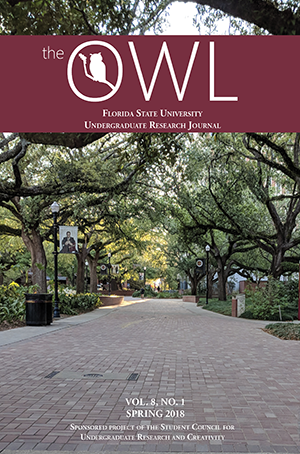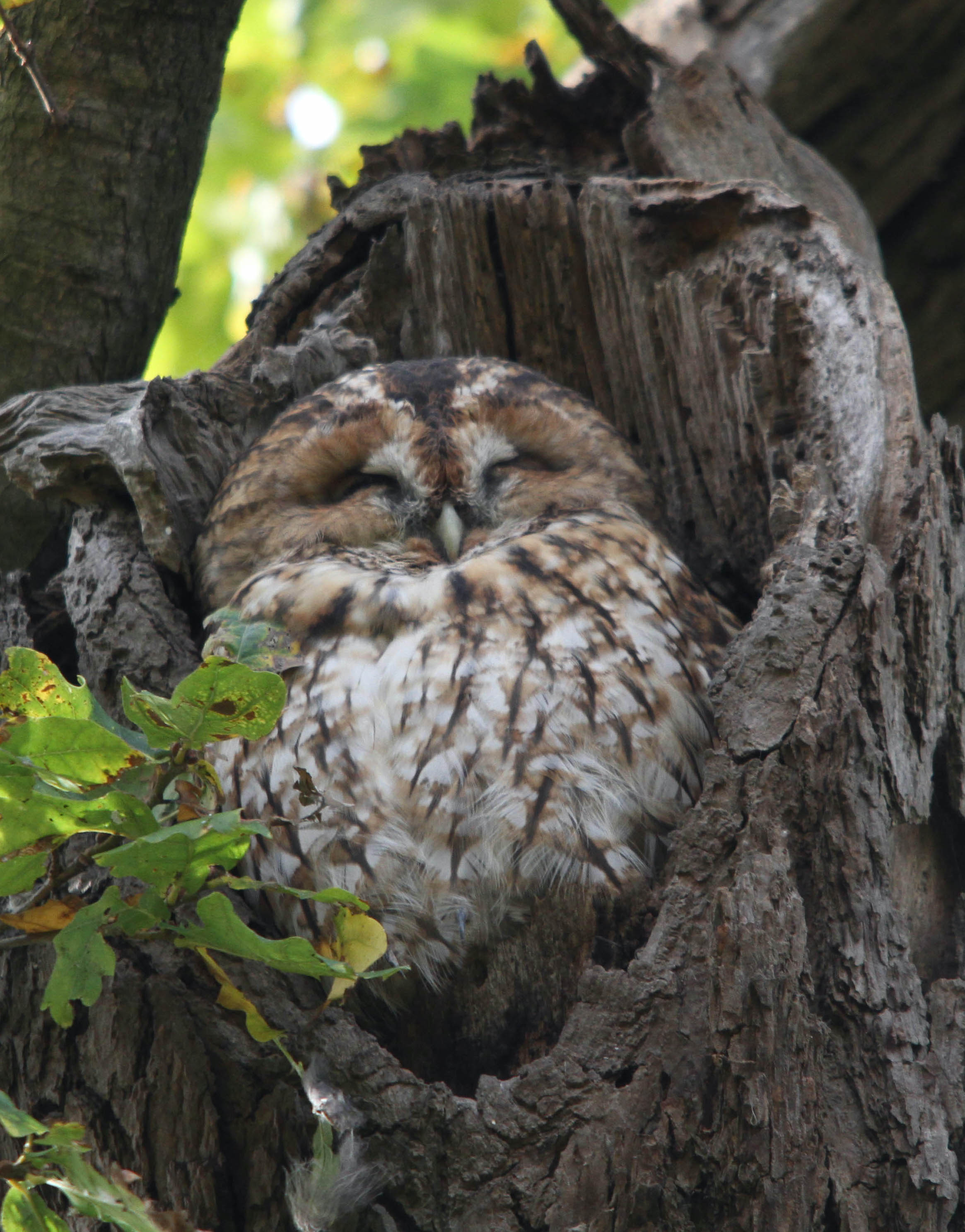Submissions
Submission Preparation Checklist
As part of the submission process, authors are required to check off their submission's compliance with all of the following items, and submissions may be returned to authors that do not adhere to these guidelines.- The submission has not been previously published, nor is it under review at another journal (or, if so, an explanation has been provided in Comments to the Editor).
- Creative work submissions MUST be accompanied by a Research Statement. See more about Research Statements in the Author Guidelines.
- Text manuscripts must be submitted in .doc or .docx format. This includes research articles and the research statements of creative submissions. Creative works may be submitted with the accompanying research statement in one document or separate from the research statement in a second document. Creative works submitted in a separate document may be submitted in .pdf format or .doc/.docx format.
- The text is double-spaced; uses 12-point Times New Roman font, and all illustrations, figures, and tables are placed within the text at the appropriate points, rather than at the end.
- The text and references adhere to the stylistic requirements outlined in the Author Guidelines.
- Students must work with a professor to verify that the research meets scholarly, academic, and professional standards and ethics. Students will complete a Faculty/Instructor Verification form upon submission approval.
Copyright Notice
All works published in The Owl are published under a Creative Commons Attribution, Non-Commercial, Share-Alike (CC-BY-NC-SA) license. The author retains copyright.
Privacy Statement
INTERNET PRIVACY STATEMENT
Your privacy is very important to us. Our policy is to collect no personal information about you when you visit this site, unless you affirmatively choose to make such information available to us.
When you visit FLVC websites, the web server automatically recognizes only the Internet domain and IP address from which you accessed the site. This information does not result in the identification of your personal email address or other personal information.
In addition, information is gathered regarding the volume and timing of access to the site by collecting information on the date, time, and pages you visited while at the site. This is done so that the content of the site can be improved. This information is not shared with other organizations. Again, only aggregate information is collected, and your personal information is not identified.
If you choose to share personal information, such as sending a message or filling out an electronic form with personal information, the information will only be used for the purposes you authorized. Some of this information may be saved for a designated period of time in order to comply with Florida's archiving policies. However, information will not be disclosed to third parties or other government agencies, unless required by state or federal law. If information is required by law to be disclosed about you, then every effort will be taken to notify you about the disclosure in advance.
You are advised that any information provided to FLVC may be subject to public disclosure as required by Public Records laws as set forth in Chapter 119, Florida Statutes; FLVC cannot guarantee absolute privacy of electronic communication.
It is your obligation to determine and satisfy copyright or other usage restrictions when copying, printing, publishing, or otherwise distributing material found using FLVC’s websites.
If you have other questions about our privacy and use policy, or have suggestions on how this policy can be improved, please feel free to email us at help@flvc.org.
This document was last updated in April 2021. FLVC will occasionally update this statement. When it is updated, FLVC will also revise the "last updated" date.
The Florida OJ service is provided through the Florida Virtual Campus (FLVC) and The Florida State University Libraries. | FLVC Privacy Policy.




